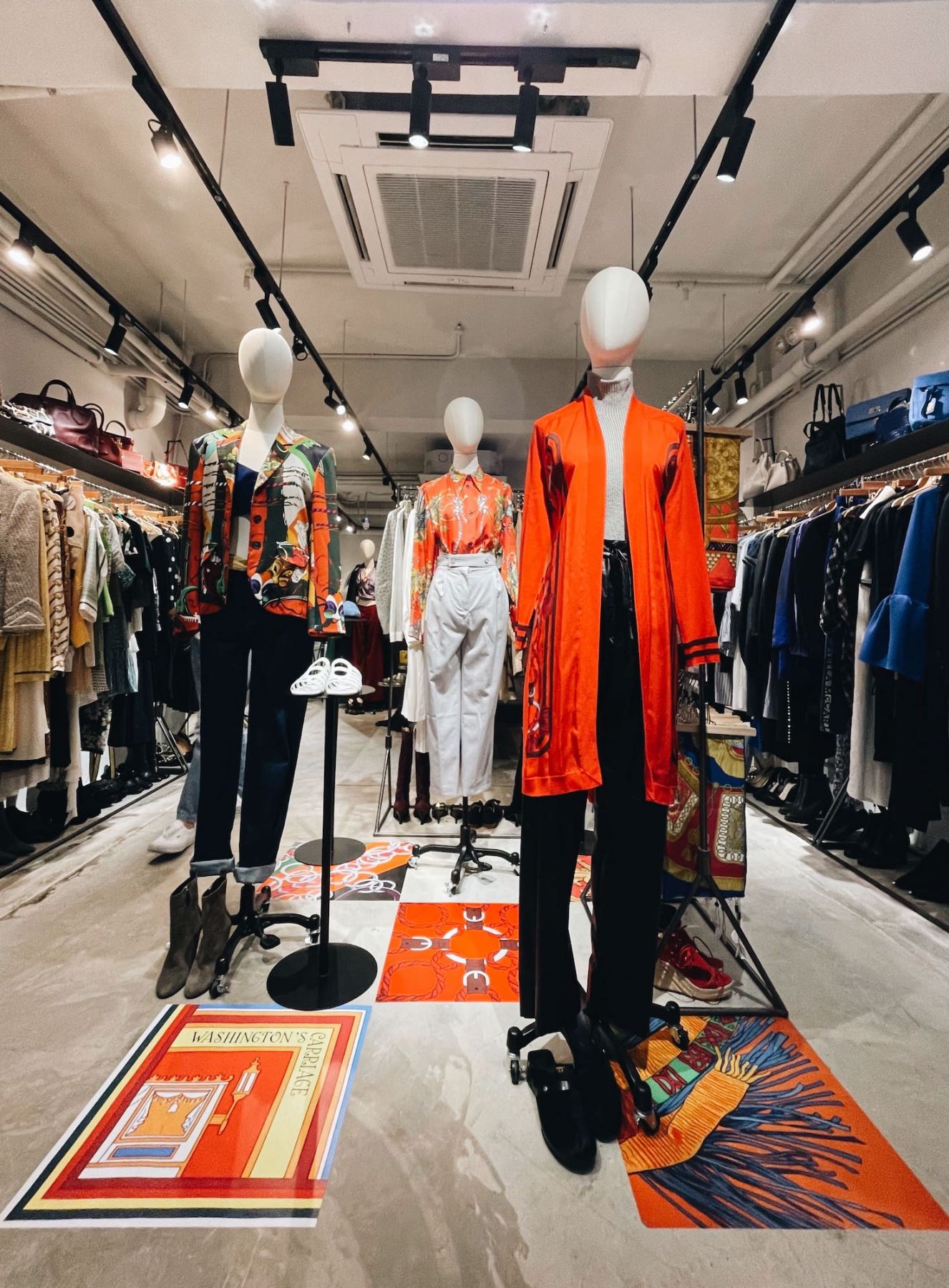The founder of Hong Kong's preowned luxury retailer HULA had to learn early on to work hard, take risks and bet on herself. She shares the money milestones on her way to multi-million dollar annual sales
What’s your first memory of earning money? For Sarah Fung, it’s joining her aunt as an extra on film shoots in London’s Chinatown from age 7.
Next came helping out at her divorced mother’s beauty salon, tidying up and distributing flyers. “I started to get a feel for what it was like to have a small startup and the work she had to do to get herself off the ground,” says Fung admiringly. “The entrepreneurial spirit has always been in my blood because of the way my family hustled.”
Fung was 16 when her mother died in a car crash, and it kicked her ambition into high gear. She enrolled in Central Saint Martins while working all kinds of side jobs to make ends meet, picking up valuable insights into customer service and marketing.
After a first fashion startup and a corporate stint at Lane Crawford, Fung bet on herself again by launching HULA in 2016. She was put off by the waste of trend-driven fast fashion and took a gamble that Hong Kong could embrace preowned designer goods. HULA, named for its circular business model, resells women’s clothing, shoes and bags from coveted brands at up to 95 per cent off retail.

“We have since converted many shoppers into buying preowned and I feel really proud about that,” says Fung. “Mindsets are changing as sustainability, personal values and reduced costs play a big part in consumption choices. No longer is buying preowned deemed something unlucky that you should be embarrassed to do.”
Below Fung shares in her own words how she moved beyond struggles with money, why being childfree contributed to her financial freedom and winning over her first HULA investor—her husband.
Don't miss: Women of Worth: A Series Celebrating and Supporting Financial Empowerment







